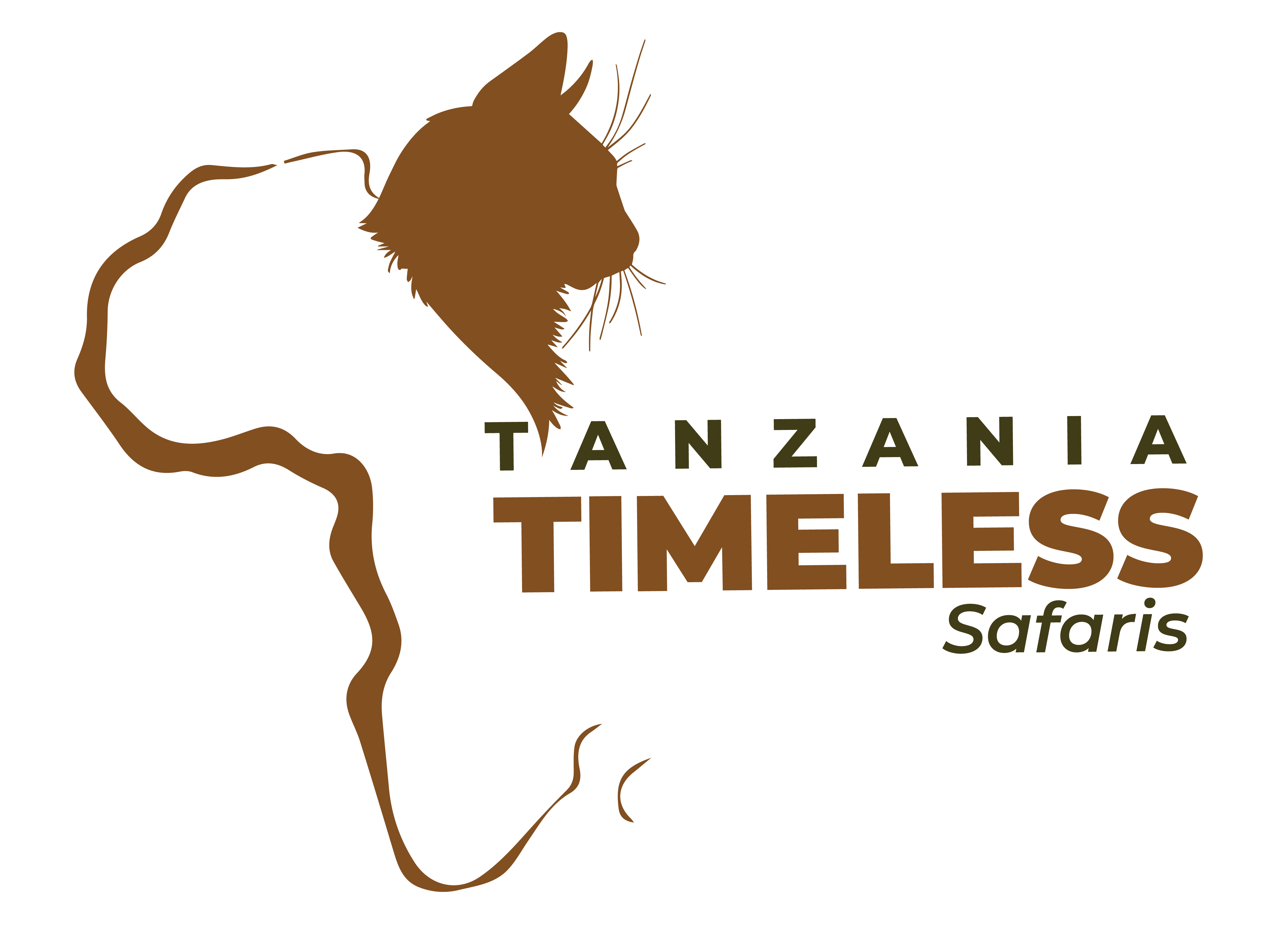WHEN IS THE BEST TIME TO VISIT TANZANIA?
The best time to visit Tanzania primarily depends on your personal preferences. However, for the best wildlife viewing and favorable weather, the dry season, from late June to October, is often recommended. But note that, both the dry season (June to October) and the wet season (November to May) in Tanzania offer unique experiences. The dry season promises optimal wildlife viewing and pleasant weather, while the wet season offers vibrant landscapes, excellent bird-watching, and fewer tourists.
LET’S HELP YOU PLAN
When To Visit Tanzania? – Know Before You Go.
Tanzania is a year-round destination, each month offering its own unique allure and benefits. The dry season from June to October is ideal for safaris, as wildlife is more easily spotted in the sparse vegetation and around water sources. It’s also a great time to witness the breathtaking spectacle of the Great Migration in the Serengeti or enjoy clear skies atop Mount Kilimanjaro.
However, the wet season, spanning from November to May, holds its own charms. From November to February, the landscapes transform into lush, green wonderlands, offering excellent birdwatching opportunities as migratory species arrive. This period is also known for the calving season in the southern Serengeti, where you can witness the birth of thousands of wildebeest calves—a truly mesmerizing experience.
March to May is typically the peak of the wet season, with fewer tourists, making it an excellent time for those seeking a more solitary and intimate encounter with nature. The national parks are quieter, and the rains bring new life to the vivid landscapes, while the cultural experiences remain rich and vibrant.
No matter when you choose to visit, Tanzania’s diverse offerings ensure a remarkable adventure, blending thrilling wildlife encounters with stunning natural beauty and warm, welcoming cultures.
![Ins45282656621_11bda8e7612a415ca6b5be57f680f09f_458376222_849737000590363_4263350503909205603_n[1]](https://tanzaniatimelesssafaris.com/wp-content/uploads/2024/10/Ins45282656621_11bda8e7612a415ca6b5be57f680f09f_458376222_849737000590363_4263350503909205603_n1.jpg)
The Best Month To Visit: June To October & December To February
If you’re looking to experience Tanzania at its peak, consider visiting between June and October. This is the high season, delivering perfect weather, rich wildlife, and the unforgettable spectacle of the wildebeest migration. Alternatively, consider venturing to Tanzania from December to February. This is when the landscape is beautifully green and teeming with newborn wildlife.
Don’t disregard the charm of the March to May and November periods. These times offer opportunity to enjoy the verdant vegetation and bird-watching while experiencing fewer tourists. While it’s possible to encounter rainy weather, rest assured that the awe-inspiring experiences outweigh any climatic mods.
Ultimately, deciding when to visit depends on your individual preferences and priorities, whether it’s the peak weather conditions or optimal wildlife spotting. Hence, Tanzania is always ripe with natural splendors waiting to be experienced no matter the time of year.
June to October.
This season provides an unparalleled opportunity for observing wildlife, as creatures of all sizes congregate around watering holes. Particularly in July and August, one can witness the awe-inspiring spectacle of the wildebeest migration and their daring river crossings. The weather during this period is agreeably warm and sunny, further complemented by the relative solitude due to lesser crowds.
December To February
The continuation of the dry season offers superior opportunities for observing wildlife within an agreeable climate. Notably, the months of January and February present a unique chance to watch the calving season unfold in the southern Serengeti. This natural phenomenon draws in numerous predators, adding a layer of excitement to your wildlife viewing experience.
March (Wet Season).
As the rains descend, they transform the terrain into a lush and lively spectacle that is a treat to the senses. With excellent bird-watching opportunities on offer, visitors can enjoy a more personal safari experience due to reduced tourist numbers. An added bonus is the lower price range during this season, adding an extra appeal to your safari adventure.
April To May (Wet Season)
Although the more intense rainfall may result in more demanding travel conditions, the bright side includes breathtaking landscapes complemented by tranquil park environments. With lower prices in effect during this period, visitors are promised an serene and reasonably-priced safari adventure amidst the awe-inspiring beauty of nature.
November (Wet Season)
In this Month’s Short rain biggins, the environment undergoes a beautiful transformation – flora flourishes and forests regain their verdant charm. This period also offers ample opportunities for wildlife spotting in the northern parks. Furthermore, the fewer crowds make this an appealing time for those seeking a more relaxed safari experience.
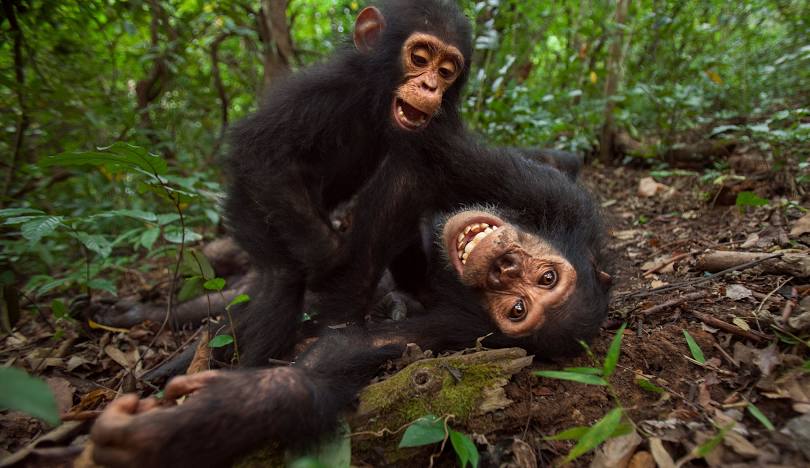
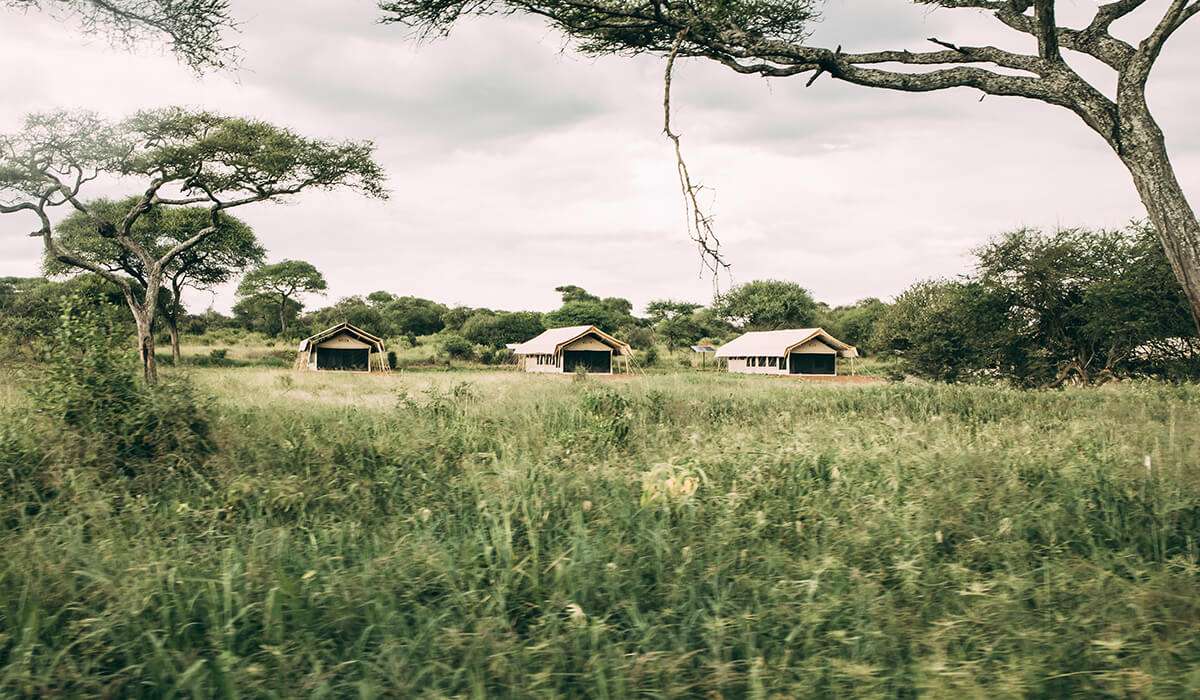
Why Dry Season Is Probably The Best Time To Visit Tanzania?
The dry season in Tanzania draws in multitudes of safari-goers, and for several valid reasons. During this period, animals tend to group around rivers and water sources, making it significantly easier to observe them in their natural habitats. The comfortable temperatures between 25-27 °C, accompanied by clear, sunny, and rain-free days, are perfect for game drives and outdoor activities.
Imagine basking in the radiant sun, comfortably seated in your safari vehicle, as varied wildlife convene at nearby waterholes for their much-needed hydration. The trip continues to be enhanced by the significantly diminished mosquito presence and improved road conditions.
Relish the opportunity to observe the renowned wildebeest migration during this dry season, particularly the thrilling river crossings in the northern Serengeti. For the adventure enthusiasts wishing to conquer the revered Mount Kilimanjaro, the practical advantages of the dry season become clear: the unclouded azure skies coupled with the cooler temperatures from dusk till dawn, create perfectly favorable conditions for climbing.
Dry season falls in January, February, June, July, August, September, October, late December.
What Are The Advantages Of Traveling In Dry Season?
- 1. Wildlife Spotting: With animals flocking to rivers and watering holes, finding extraordinary wildlife becomes effortless.
- 2. Ideal Weather: The temperature normally sits comfortably between 25-27 °C, providing beautiful sunny days that are typically free of rain.
- 3. Wildebeest Migration: The best time to witness the incredible sight of the wildebeest migration, especially the thrilling river crossings, is in July and August.
- 4. Lesser Mosquitoes: The number of mosquitoes is significantly reduced during these months, leading to a more comfortable experience.
- 5. Good Road Conditions: Roads are in top condition at this time, ensuring any game drives are smooth and enjoyable.
- 6. Best Time for Parks: While the southern parks flourish during this period, the northern parks remain accessible and welcoming throughout the year.
- 7. Cool Evenings and Mornings: The daily heat eases off from evening to sunrise, offering cooler temperatures that provide a refreshing contrast to the warm day.
- 8. Clear Skies: The wide, blue skies are typically clear, enhancing your outdoor experience.
- 9. Best Climbing Conditions: Those inclined towards mountaineering would find these months the best time to scale Mount Kilimanjaro.
What Are The Dis-Advantages Of Traveling In Dry Season?
-
1. Increased Rates: During these peak months, accommodations and tour prices tend to be higher than usual.
- 2. Quick-Filling Unique Accommodation: Distinct and charming accommodations are sought after and, therefore, get booked rapidly.
- 3. Crowded Tourist Spots: Given the popularity of this period, you may find more tourists in the parks and lodges, making them busier than the off-peak season.
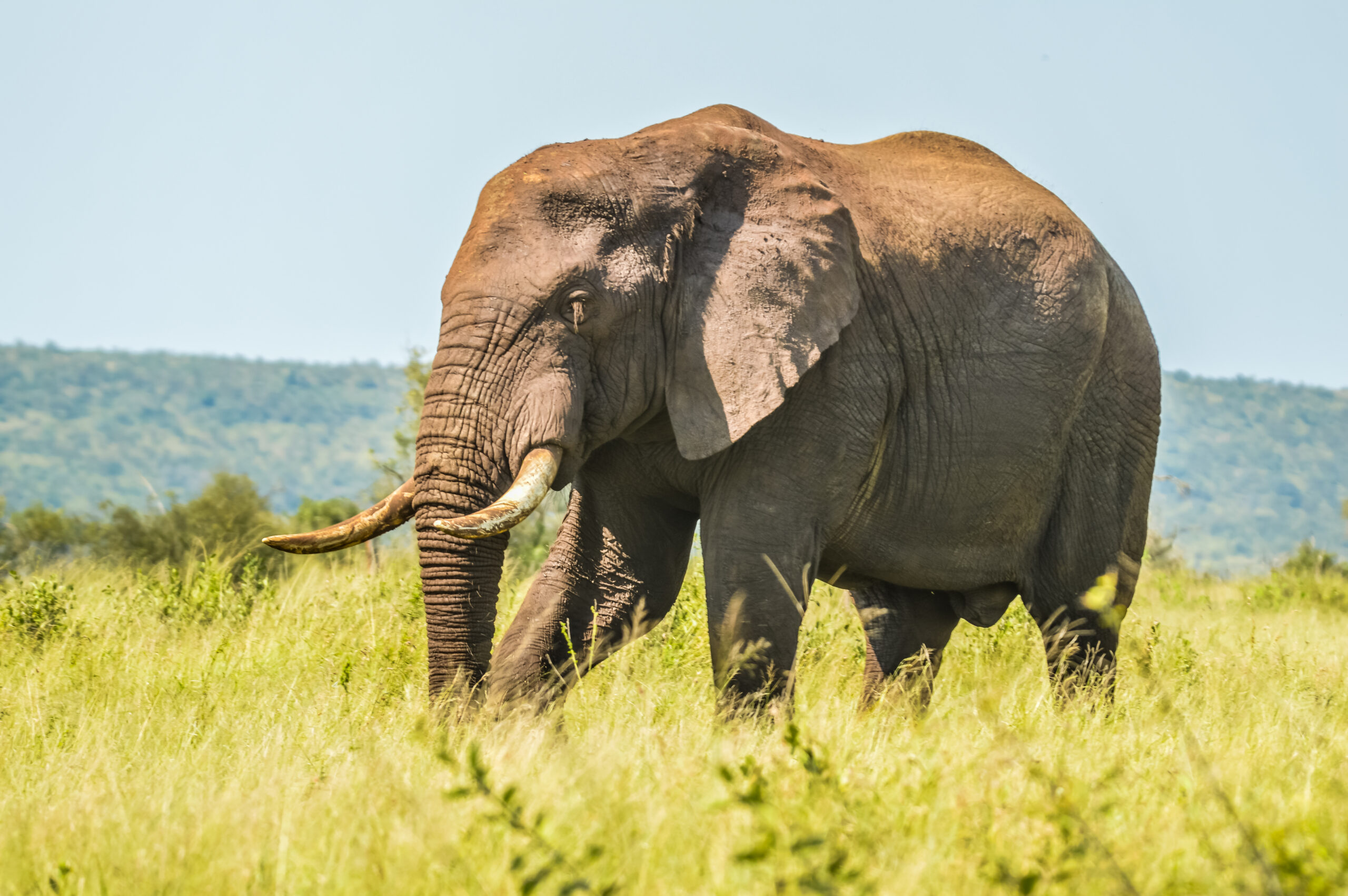
Do you want to avoid Crowded Parks and High Prices? Travel in Wet Season.
Experiencing Tanzania during the wet or rainy season offers a unique adventure that’s no less remarkable. The environment is alive with vivid greenery and flourishing flowers. Bird enthusiasts will find this season to be prime for bird watching. Parks also tend to have fewer visitors, making for a quieter, more personal safari journey. If you’re budget-conscious, you’ll also appreciate the typically lower rates during this season.
Wet season in Tanzania falls in March, April, May, November, Beginning December.
Advantages Of Traveling In Wet Season.
- The landscape bursts into life, awash with flourishing flowers and verdant forests and grasslands.
- In the northern regions of Tanzania, wildlife viewing is consistently satisfying throughout the year.
- Bird enthusiasts will find the conditions ideal for bird watching.
- The wildlife appears healthy and thriving.
- The rates are generally lower during this season, making it a more budget-friendly safari option.
- The crowds are sparse, enabling a quieter, more personal experience with the wonders of the safari.
Dis-Advantages Of Traveling In Wet Season.
-
Navigating certain roads might present a challenge in the face of heavy rains.
- The possibility of coming across mosquitoes is comparatively higher during this period.
- Unexpected afternoon showers may lead to slight disruptions in planned activities.
Besides the obvious differences between the wet and dry seasons, tourism in Tanzania can also be categorized into three significant periods: Peak, shoulder, and Low-Season. These phases align with Tanzania’s climatic cycles. These distinct periods each come with their set of benefits and hurdles, enabling you to strategize your adventure according to your specifics interests and schedule.
Low, Mid And Peak Seasons in Tanzania
High Season: January, February, June to October, and December.
Opting to explore Tanzania during the peak season ensures prime weather and optimal chances for wildlife spotting. The combination of clear, sunny days, agreeable temperatures, and the extraordinary spectacle of the wildebeest migration make for an unforgettable safari experience.
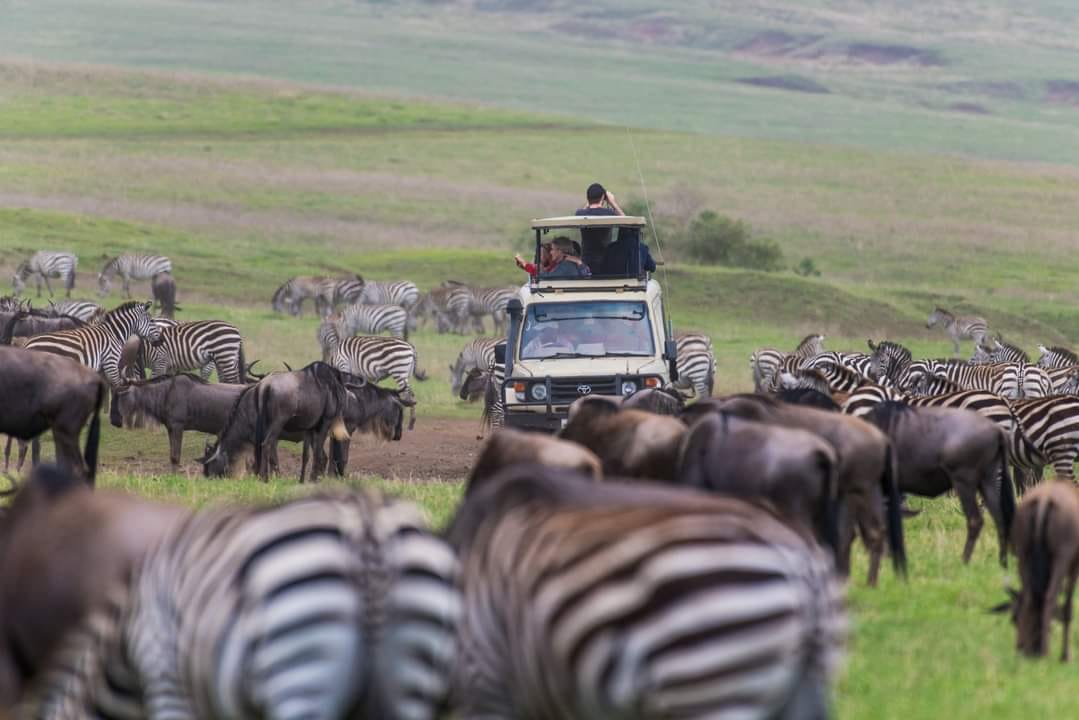
Advantages of Traveling In High Season.
- This period boasts weather conditions that are perfect for both safari expeditions and beach outings.
- It provides the highest probability for witnessing diverse wildlife in their natural habitat.
Advantages of Traveling In High Season.
-
During this time, the parks and major attractions can become crowded due to higher visitor footfall.
- The prices for accommodation and excursion packages are at their peak.
- Exclusive hotels tend to reach full occupancy quickly.
- The upside is that the broadest range of tourist services and activities are readily accessible.
Mid(Shoulder) Season: March, November 1st to December 21st.
The shoulder season strikes a harmony between the peak and off-peak periods, thus becoming an attractive choice for those desiring affordable rates and less crowded spaces without forfeiting favorable weather conditions or abundant opportunities for wildlife observation.
Advantage of Traveling In Mid-Season.
-
Accommodation prices during this period are comparatively moderate.
- The number of tourists is lower in contrast to the peak season, resulting in moderately populated tourist spots.
Dis-Advantage of Traveling In Mid-Season.
-
Certain attractions might have restrictions due to varying operational hours or weather-induced closures.
- The weather might fluctuate, varying from day to day, which could influence your sightseeing plans.
Low Season: April and May
For travelers prioritizing budget and tranquility over perfect weather, the off-peak season is impeccably suited. It’s for those who can embrace the occasional rain showers and enjoy a quieter, unrushed exploration amidst Tanzania’s breathtaking scenery.
Advantage of Traveling In Low-Season.
- Lowest hotel and tour rates
- Least busy parks and attractions
Dis-Advantage of Traveling In Low-Season.
-
During this period, note that certain lodges and camps might temporarily cease operations.
- With the highest levels of rainfall recorded, your travel plans might possibly be influenced by the weather.
Regardless of the season you choose to visit Tanzania, each offers a distinctive and stunning experience. This undoubtedly guarantees you a trip filled with unforgettable moments whenever you decide to embark on your adventure!
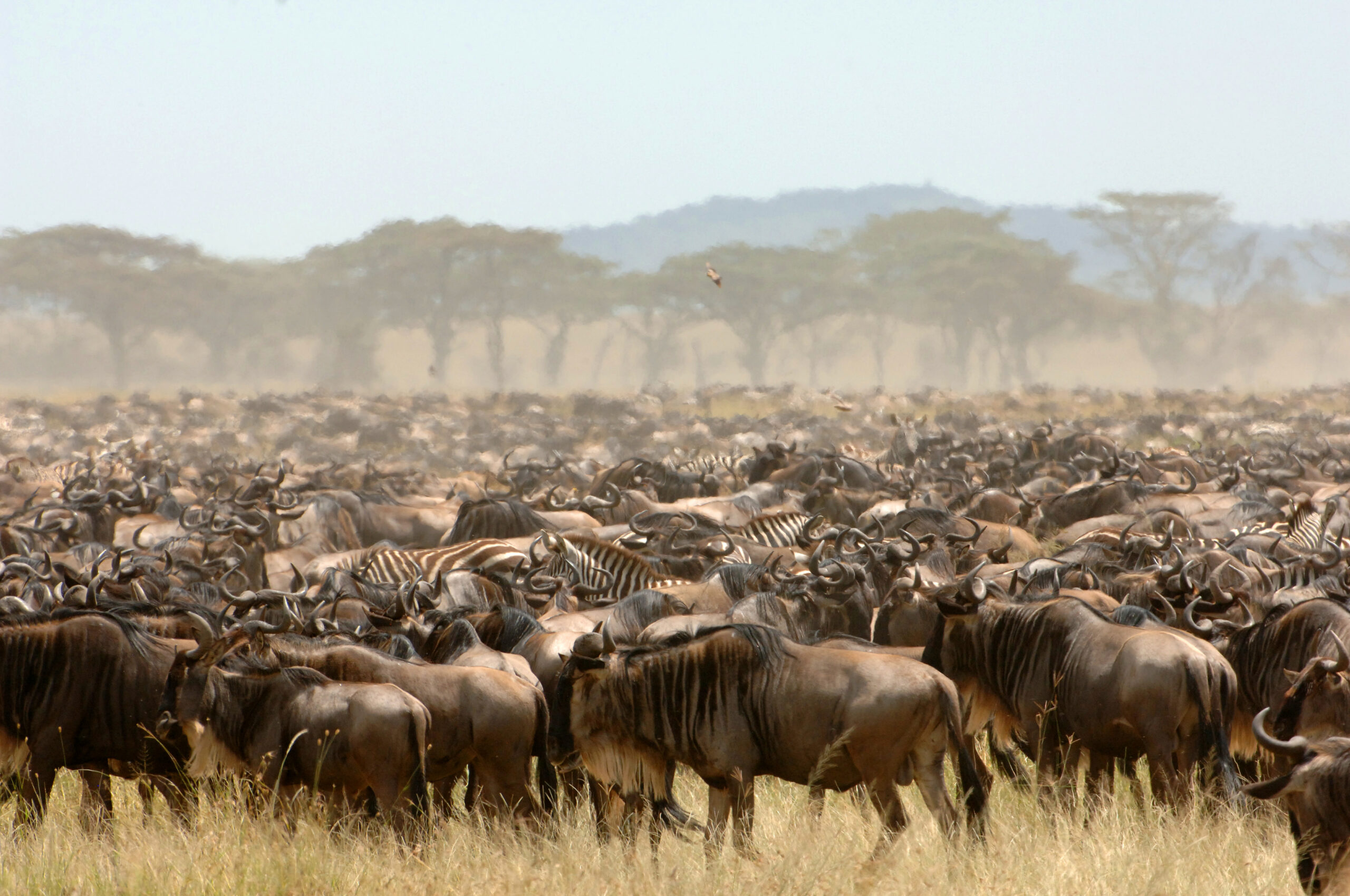
Experience The Great Migration Year-Round In Tanzania .
Here’s some fantastic news for you: The remarkably breathtaking Great Migration is a year-round spectacle in the region stretching between the Maasai Mara in Kenya and the Serengeti in Tanzania. Consequently, irrespective of your travel dates, this phenomenal occurrence won’t elude you. To help you decide what resonates with your wanderlust the most, let’s dive into a detailed analysis of when and where you can witness the highlights of this spectacular journey!
From December through to March, the southern Serengeti unveils stunning vistas of the Great Migration. Particularly in February, prepare to be charmed by the awe-inspiring sight of newborn wildlife.
Between July and September, immerse yourself in the adrenaline-filled spectacle of river crossings in the northern Serengeti – a much-anticipated highlight of the Great Migration.
For more details on where the wildebeest migration is throughout the year, check out our article on the Great Wildebeest Migration.
